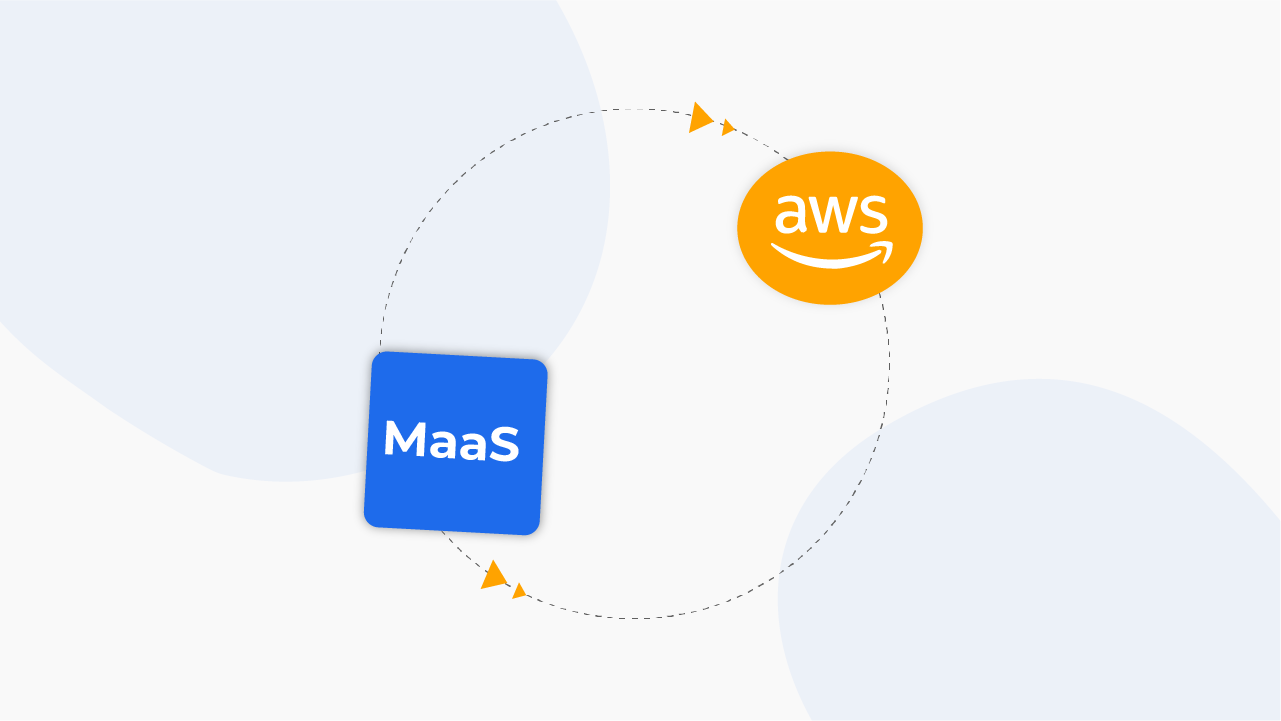
Businesses across the globe are making a significant shift: they’re moving their data and operations to the cloud. Why? The cloud offers many advantages, such as flexibility, pay-as-you-go models, top-notch security, and rapid development and deployment. According to a report by Gartner, 65% of application workloads will be either optimized for or ready to be delivered via the cloud by 2027. This marks a significant increase from the 45% recorded in 2022.
This blog provides a structured approach to cloud migration and gives readers the necessary understanding of the AWS cloud migration.
1. Rehost (Lift and Shift):
Rehosting, or lift-and-shift, involves migrating applications and workloads from on-premises infrastructure to AWS without significantly changing the code or architecture. This approach offers quick migration with minimal disruption to operations. However, it may need to fully leverage the capabilities of the cloud, leading to missed opportunities for optimization.
2. Replatform (Lift, Tinker, and Shift):
Replatforming involves adjusting the existing applications or infrastructure to take advantage of cloud-native features while maintaining compatibility. This approach aims to optimize performance, scalability, and cost-effectiveness without necessitating a complete overhaul of the architecture. It allows organizations to modernize their systems gradually.
3. Repurchase (Drop and Shop):
Repurchasing involves replacing existing software applications or components with cloud-native alternatives in the AWS ecosystem. This could include migrating from proprietary software to AWS-managed services or adopting Software-as-a-Service (SaaS) solutions. While this approach may incur additional costs, it offers benefits such as reduced maintenance overhead and enhanced scalability.
4. Refactor/Re-architect:
Refactoring, or re-architecting, involves entirely redesigning and optimizing applications to leverage cloud-native features and architecture patterns. This approach requires significant investment in time and resources but offers long-term performance, scalability, and cost optimization benefits. It enables organizations to innovate and adapt to changing business requirements more effectively.
5. Retire:
Retiring involves decommissioning or eliminating redundant or obsolete applications, systems, or processes during migration. This helps streamline the migration effort, reduce complexity, and minimize ongoing maintenance costs. Organizations can focus on supporting essential business functions and optimizing their cloud environment.
6. Retain
Retaining involves keeping specific applications or components in their current state due to regulatory constraints, compatibility issues, or strategic considerations. While retaining legacy systems may limit the benefits of cloud migration, it allows organizations to prioritize critical workloads and manage migration risks effectively. Over time, organizations can revisit these retained components and plan for their eventual migration or modernization.
7. Risk Mitigation:
Risk mitigation is not a direct "R" in the traditional sense but is a crucial aspect of any cloud migration strategy. It involves identifying potential risks, such as security vulnerabilities, data loss, or downtime, and implementing measures to mitigate them effectively. This could include conducting thorough assessments, implementing robust security controls, establishing backup and recovery procedures, and training staff.
How can Wanclouds Assist?
Are you planning to migrate your workloads to the cloud? Wanclouds also offers a comprehensive Rehost lift and shift strategy for cloud migrations. It allows you to take your current environment as is and migrate it to your desired cloud with no changes to the design or infrastructure.
It is particularly beneficial for businesses that want to minimize application changes during migration. Here are some of the key features:
- Rapid Migration: Wanclouds aligns with AWS’s RMO, providing fixed-price software and services for migrations. Their SaaS-based automation suite, VPC+, streamlines the migration process, reducing it from months to days, even hours sometimes.
- Automated Process: Say goodbye to lengthy back-and-forth discussions. Wanclouds’ quick requirements gathering, quotation, and ordering process ensures a seamless experience. Plus, you can explore additional options for post-migration support and disaster recovery services.
- Trusted Expertise: As an AWS Migration and Modernization ISV solution provider, Wanclouds meets specific criteria set by AWS. Our track record includes successful migrations for several companies across various workloads.
Wancloud is a global delivery partner for AWS’s Rapid Migration Offer (RMO) within the Migration Acceleration Program (MAP). You can find us on the AWS Marketplace or visit our website.
How can Wanclouds Assist?
As businesses embrace the cloud, understanding these approaches empowers informed decision-making. For those embarking on their migration journey, partnering with Wanclouds can accelerate success by leveraging their expertise, rapid solutions, and commitment to AWS best practices.
Join our newsletter
Sign up for the latest news about Wanclouds.